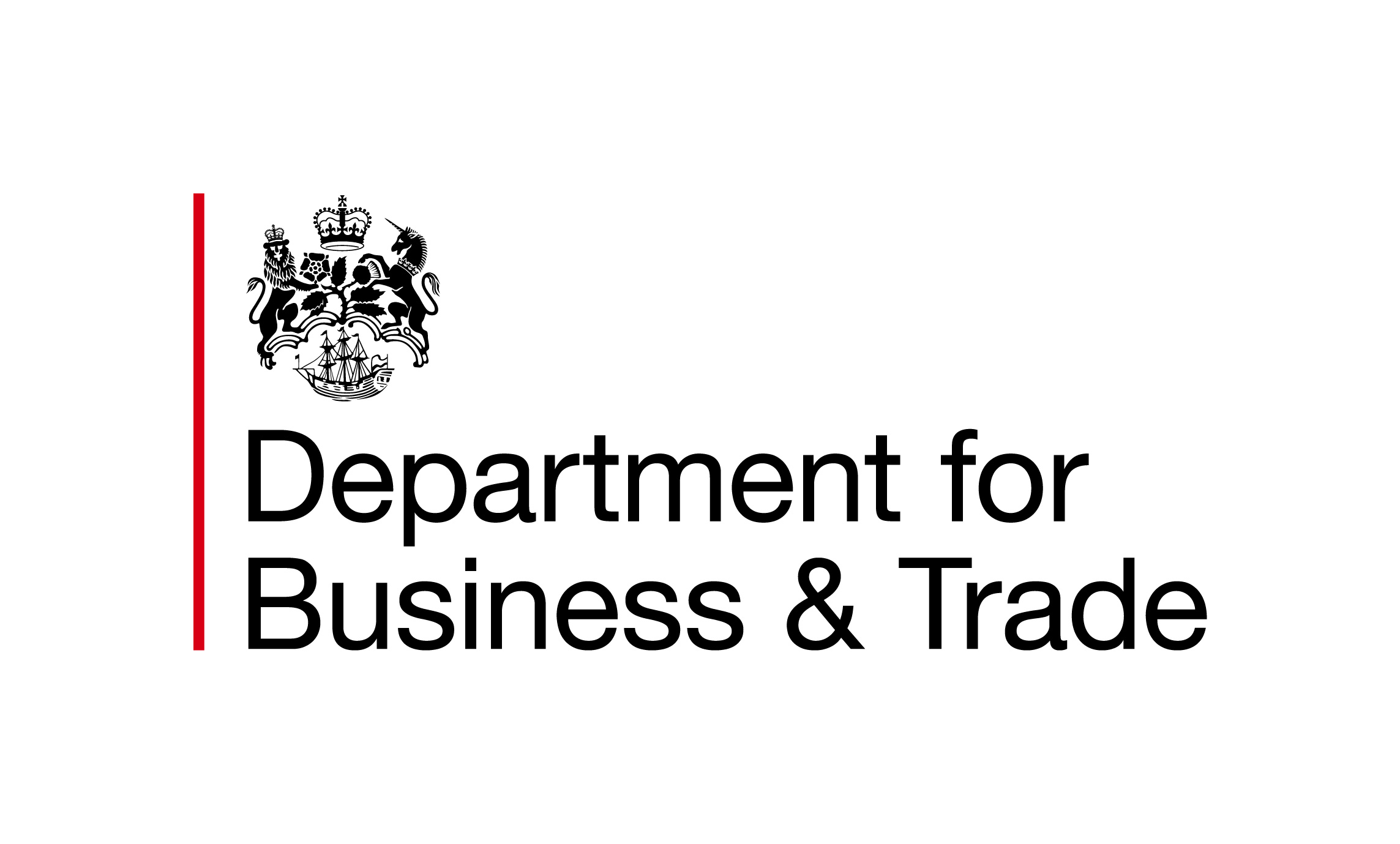Mavens and the missing link: Unlocking innovation diffusion in small firms
In the world of small businesses, innovation often hinges not on internal R&D budgets, but on the ability to learn from others. Haldane (2018) observed that a major productivity problem for 99% of UK firms is the failure of diffusion—the inability of good ideas and practices to spread from the leading firms to the rest. This is where mavens come in.
What Are Mavens?
Mavens are individuals who are not only knowledgeable, but also deeply motivated to share what they know. In the context of small firms, they are the connectors—people who span industries, communities, and professional networks, bringing fresh insights and practices from one business to another. They are the bridges across the fragmented landscape of small enterprises. Mavens could be product evangelists for example, or individuals with engagement elements in their job roles – the defining thing is they actively share their knowledge with others.
The Diffusion Dilemma in Small Firms
Unlike large corporations, small firms often operate in silos. They may lack the resources to attend conferences, subscribe to industry research, or hire consultants. As a result, even when one firm discovers a better way of doing things, that knowledge rarely travels far.
This is a classic case of the “small world” problem (Milgram, 1967): where people are connected by short close links to others locally, but someone needs to build bridges to link to wider networks. In small business ecosystems, mavens are the ones who build those bridges.
Why Mavens Matter
Research shows that diffusion is highly sensitive to the structure of networks. Networks are groups of people who are connected to each other. Ideas diffuse when these groups are connected through ‘bridges’. Granovetter (1973) called these bridges the ‘weak ties’ that connect otherwise distant social groups. Burt (2004) later showed that individuals who bridge gaps—so-called ‘structural holes’—are often the most influential in spreading ideas. In small business communities, mavens play this exact role.
In many social networks, the connectivity across the network is very low. Chang, Lee, and Song (2023) found that when fewer than 1% of connections in a network are bridges between groups, learning is poor. But once that threshold is crossed, even slightly, the impact on knowledge sharing is dramatic. In small firm ecosystems, where many businesses are isolated, even a handful of mavens can make a huge difference.
Real-World Impact
The influence of mavens isn’t just theoretical or restricted to the business world. During the Covid-19 pandemic, a study found that sceptical health mavens were significantly less likely to be vaccinated—and their influence slowed vaccine uptake in their communities. Thus, mavens can be powerful in shaping behaviour, for better or worse.
In business, the same dynamics apply. A maven who champions digital tools, sustainable practices, or new customer service models can accelerate adoption across dozens of firms. But if those mavens are absent—or ignored—innovation stalls.
How to Cultivate Mavens Across Firms
So how can we encourage more mavens to emerge and thrive in small business ecosystems? There are four key ways of doing this:
• Identify them: Use local business networks, chambers of commerce, or industry meetups to spot individuals who are highly connected and enthusiastic about sharing knowledge.
• Support them: Provide platforms—like newsletters, webinars, or peer learning groups—where mavens can share insights across firms.
• Incentivise them: Recognise and reward those who act as knowledge brokers, whether through public recognition or small grants.
• Train them: Research shows that high self-monitoring individuals (Burt, Kilduff, and Tasselli, 2013) and “devoted players” (Bensaou et al., 2014) are more likely to become effective mavens. Soft skills training can help more people step into this role. In addition, the role of ‘influencers’ has shown the capability of mavens to utilise social media, albeit these studies focus on the final consumer rather than business-to-business messaging.
Conclusion
In the vast and varied world of small firms, the diffusion of ideas is often the missing link in the innovation chain. Mavens—those passionate, connected individuals who bridge gaps between businesses—may be the key to unlocking that potential. By identifying, supporting, and empowering these knowledge carriers, policymakers can help small firms not only survive but thrive through shared learning and collective progress.
Kevin Mole , Associate Professor of Enterprise, Warwick Business School
Please note that the views expressed in this blog belong to the individual bloggers and do not represent the official view of the Enterprise Research Centre, its Funders or Advisory Group
References
Bensaou, B. M., C. Galunic & C. Jonczyk-Sedes (2014) Players and Purists: Networking Strategies and Agency of Service Professionals. Organization Science, 25, 29-56.
Burt, R. S. (2004) Structural holes and good ideas. American Journal of Sociology, 110, 349-399.
Burt, R. S., M. Kilduff & S. Tasselli (2013) Social network analysis: Foundations and frontiers on advantage. Annual review of psychology, 64, 527-547.
Chang, S., J. Lee & J. Song (2023) Giant cluster formation and integrating role of bridges in social diffusion. Strategic Management Journal, 44, 2950-2985.
Granovetter, M. S. (1973) Strength of Weak Ties. American Journal of Sociology, 78, 1360-1380.
Haldane, A. 2018. The UK’s Productivity Problem: Hub No Spokes, Speech to the Academy of Social Sciences. London Bank of England.
Milgram, S. (1967) The small world Psychology Today 2, 60-67.
Rhee, L. & P. Leonardi (2024) Borrowing networks for innovation: The role of attention allocation in secondhand brokerage. Strategic Management Journal, 45, 1326-1365.
Smith, R. A., C. Bone, A. Visco, W. A. Calo, J. Wright, D. Groff & R. P. Lennon (2022) Skeptical health mavens may limit COVID-19 vaccine diffusion: using the innovation diffusion cycle to interpret results of a cross-sectional survey among people who are socially vulnerable. Journal of Health Communication, 27, 375-381.
Uzzi, B. & J. Spiro (2005) Collaboration and creativity: The small world problem. American Journal of Sociology, 111, 447-504.











